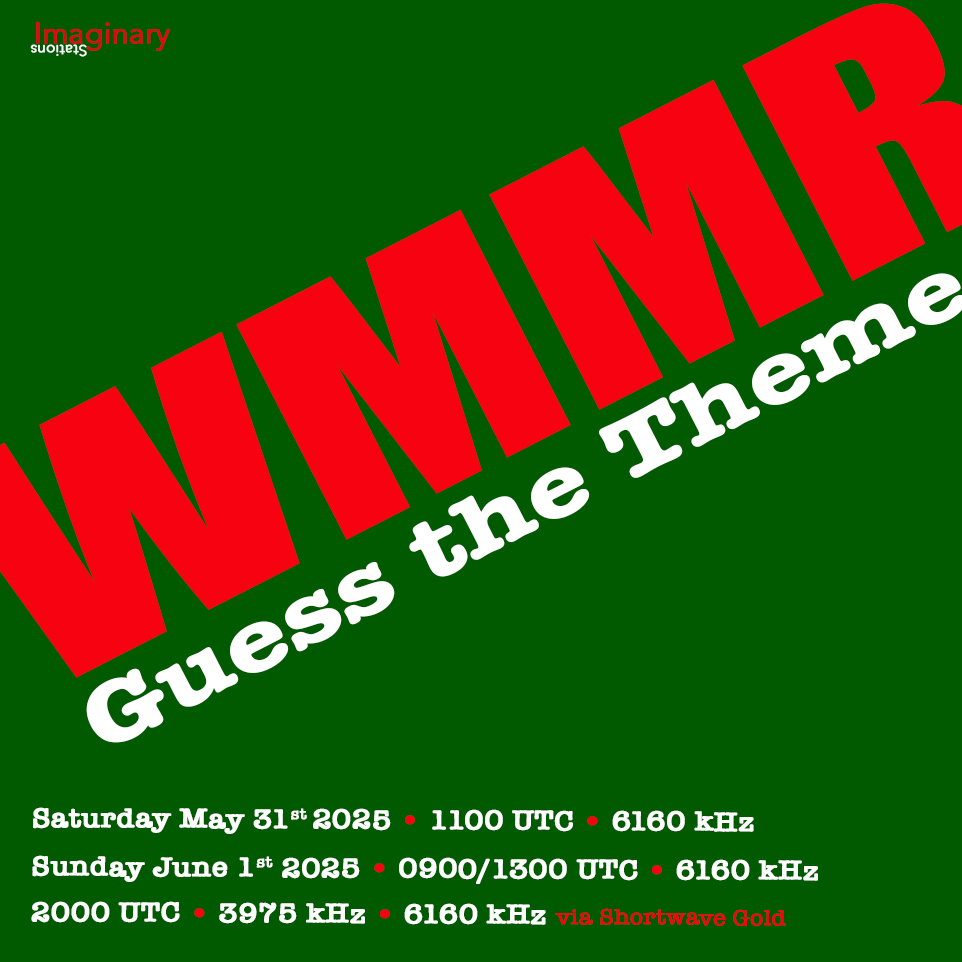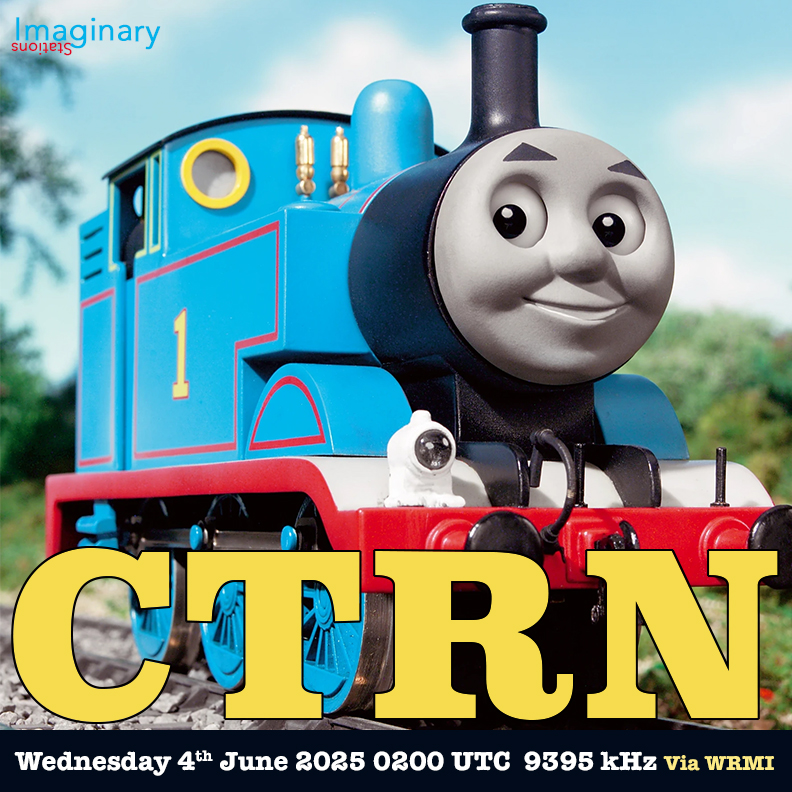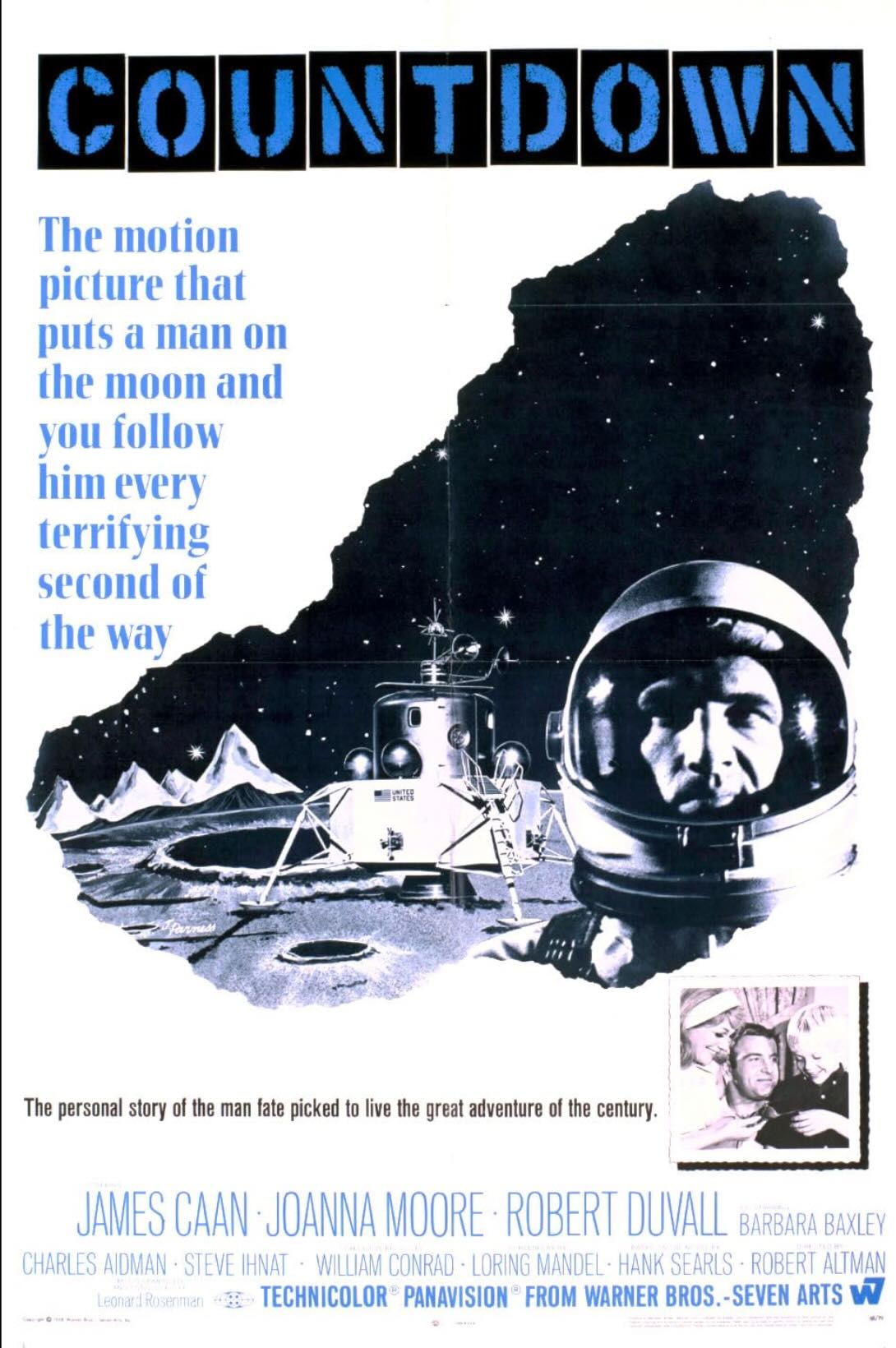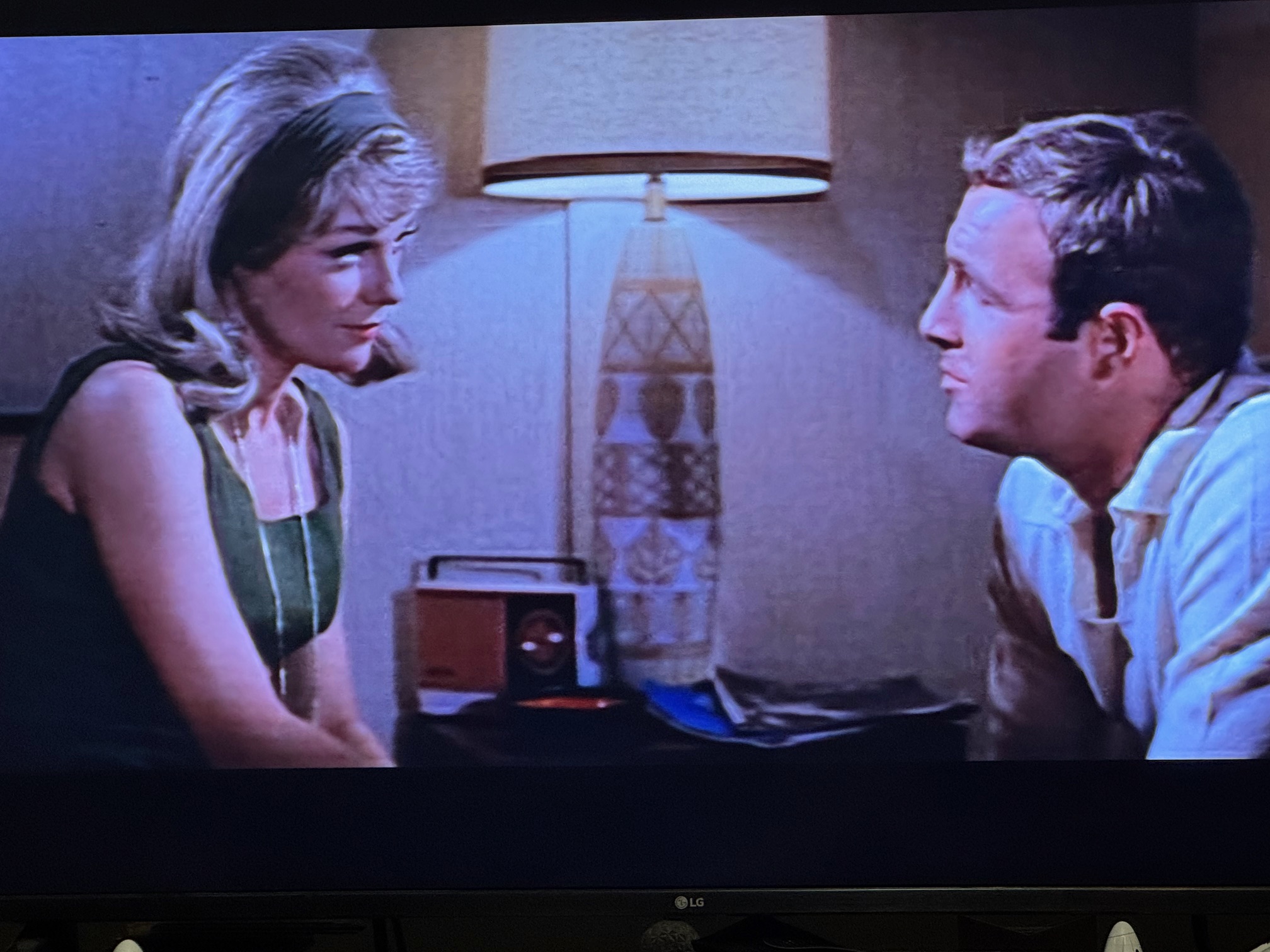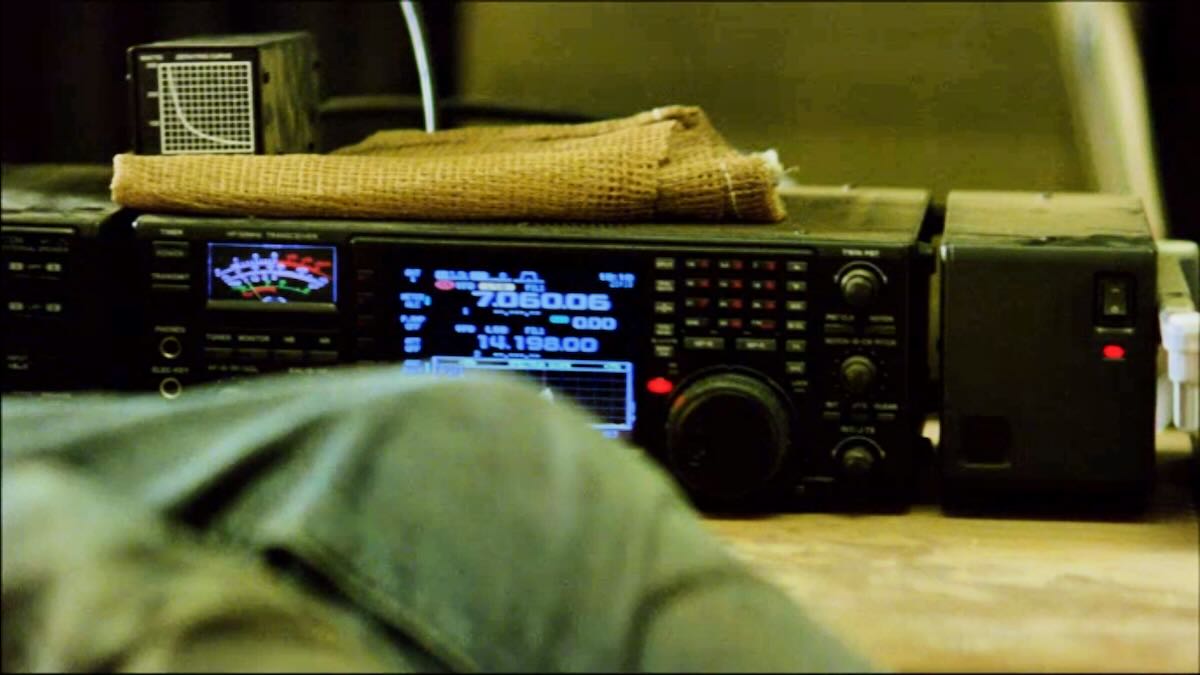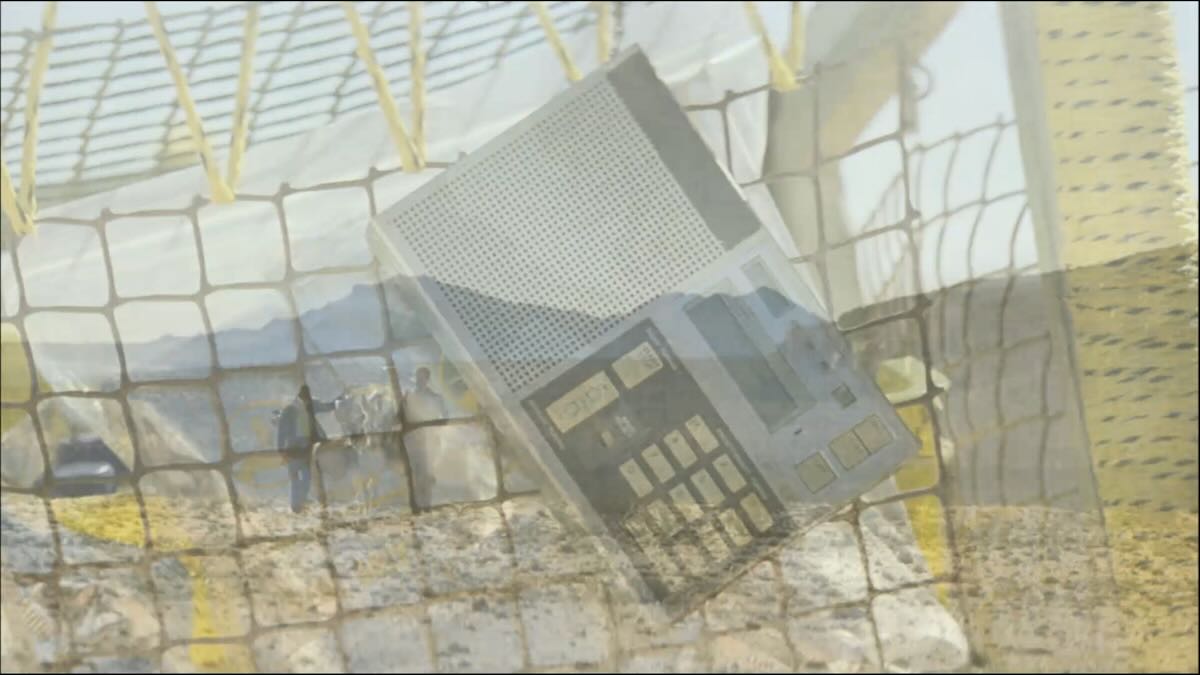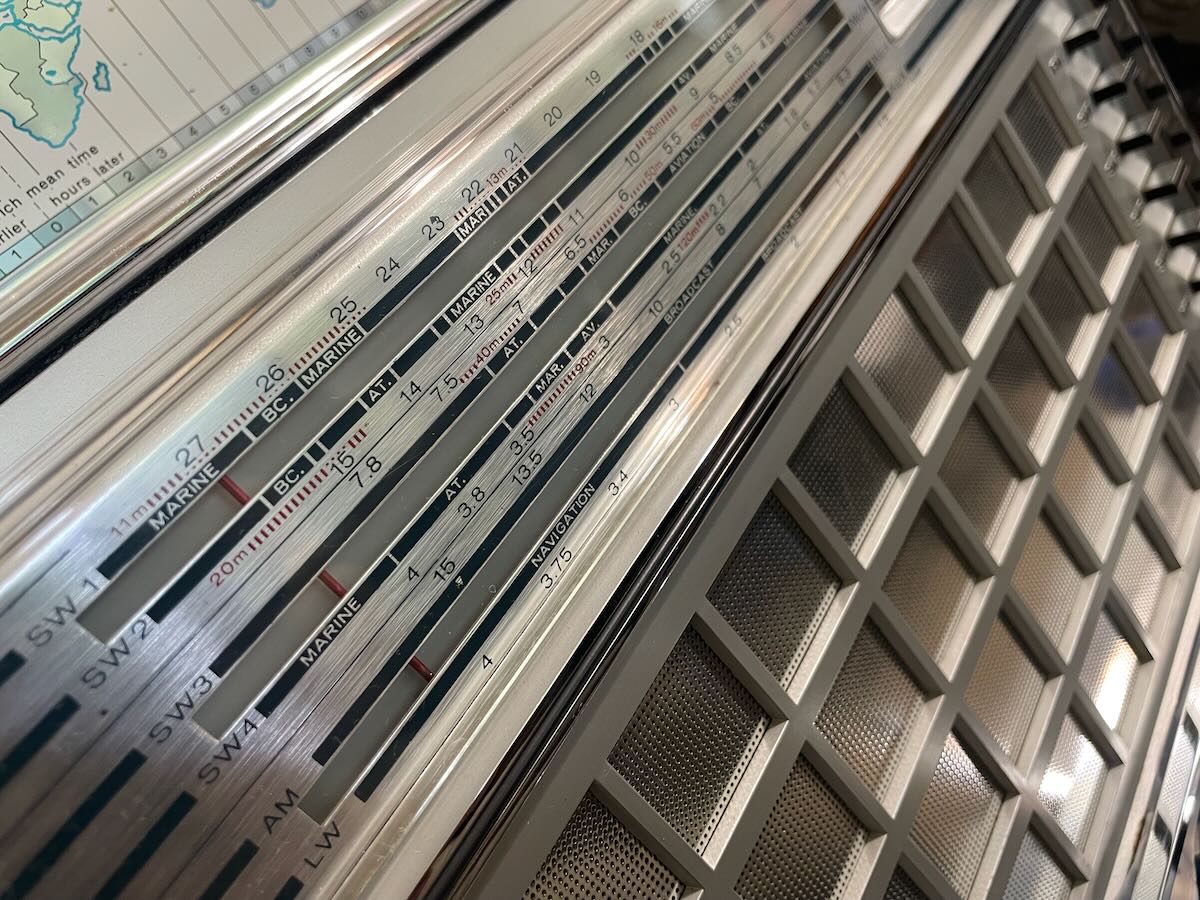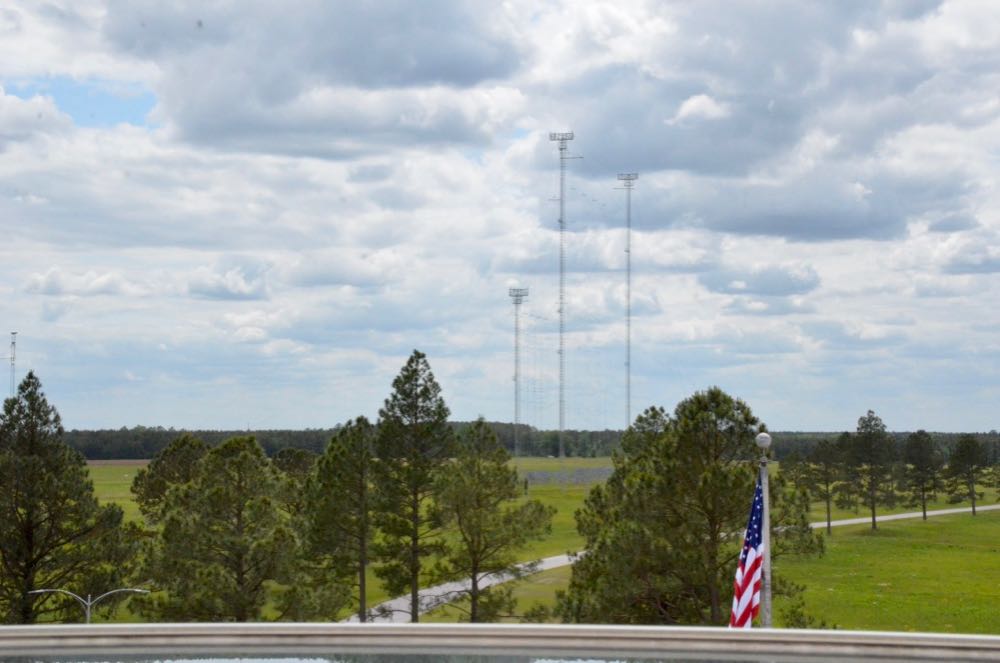 Many thanks to SWLing Post contributor Jeramy, who shares this Nebraska History Podcast episode about women radio hosts in Nebraska:
Many thanks to SWLing Post contributor Jeramy, who shares this Nebraska History Podcast episode about women radio hosts in Nebraska:
Radio has always played a role in connecting people. Early homemaker radio programs, like Mary Moore Homemaker on WJAG in Norfolk, focused on providing content and support for the women in their listening areas.
In this episode of the Nebraska History Podcast, we explore radio’s impact in connecting with and influencing women in Nebraska through the 2019 Nebraska History Magazine article, “Stirring Up Conversation: The Radio Homemaker,” by Mark Smith and Larry Walklin.

